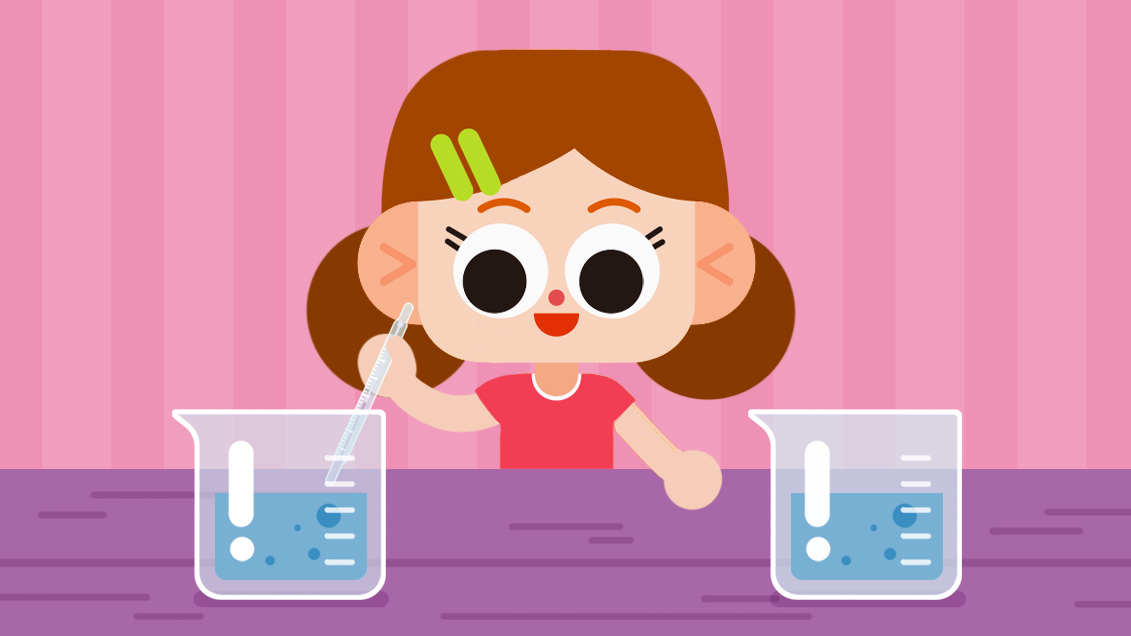A Measured Approach towards Measuring – Three Steps to Develop, Learn, and Grow
by Thomas, Jun 22 2022
Measurement is a way to determine facts about an object through observation or by using measuring tools. What are the ways in which measurement can be used? What are some measurement methods even young kids can get started with? Read on, and let's take a look.
Children's exposure to measurement should start simply, with length measurement and weight measurement, and grow more complicated later on with volume measurement; that is, the measurement of the size, length, height, and thickness of objects. Measurement methods include: observational, informal gauge measurement, and formal gauge measurement.
Observational Measurement
This is the use of visual, touch, and other senses to measure something. For example, through visual inspection kids can measure the size, thickness, or length of a book; they can use their hand to measure the temperature of water, or to weigh an object. This kind of intuitive perception of measurement is generally used for objects with obvious characteristics - for example, comparing the heights of two people standing back to back.

Informal Measurement, or Natural Measurement
Instead of using formal gauges, like rulers or scales, natural objects such as sticks, blocks, ropes, fingers, step lengths, etc. are used as gauges to measure objects. This method is used more often by 3-6 year olds and allows children to acquire a basic knowledge of measurement while avoiding the difficulties associated with formal measuring units. For example, using a coat hanger to measure how long a refrigerator is, or counting how many heel-to-toe steps it takes to cross a room.

Formal Measurement
Formal measurement refers to the measurement of objects with proper, standard gauges. Tools like rulers, thermometers, clocks, and scales all fit into this category. Through practice and continued use, children can understand the roles of these gauges and gain a better understanding of space, time, and other physical concepts. For example, you can guide your child in using a thermometer to measure two pots of water with different temperatures.

Measurement is a part of our everyday lives. Our height and weight at the doctor's office, the dimensions of a sofa we're buying for the living room, or how much longer till dinner, we never stop using our knowledge of measurement. Let your child experiment with various measurement tools to develop their understanding; it's a great way to develop their thinking skills and their brains. Most importantly, have fun with it!
